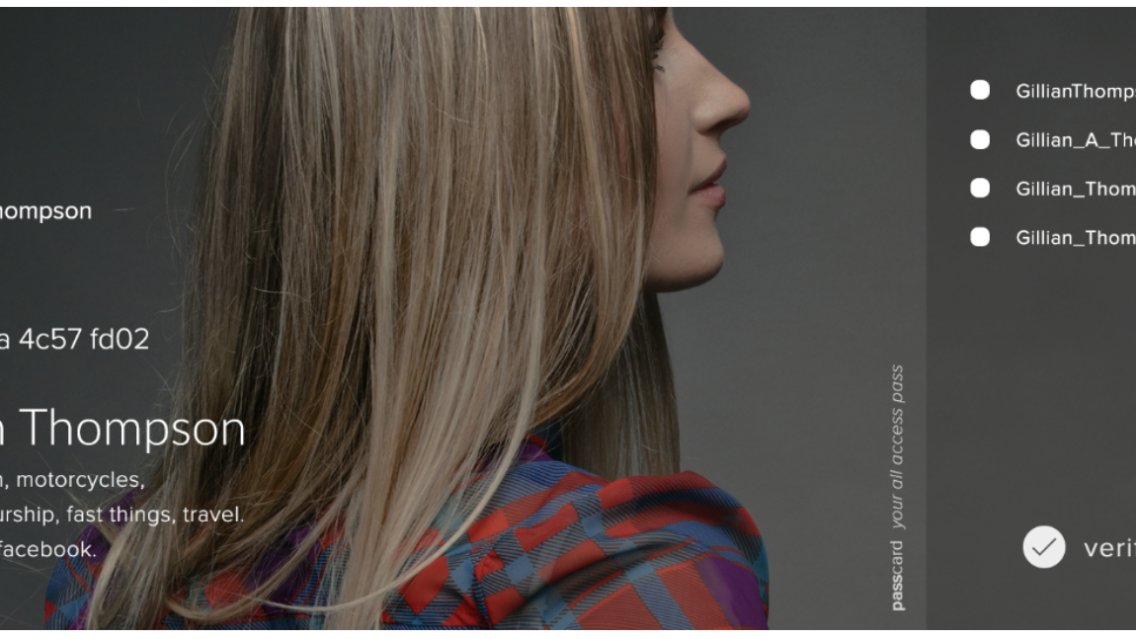A while back, we released the first comprehensive blockchain-based identity service that quickly garnered tens of thousands of users, each with their own profiles registered on the blockchain. Until now, though, user profiles were just that – profiles. We’re now giving our user profiles more meaning and power, something that you could truly call your personal digital identity.
Today, we’re introducing the Blockstack identity system – and it’s much more than just a profile.
Blockstack identity system, your all access pass to everything
Currently, passwords help you access your online life just like your wallet and keys help you access your physical life. At a high level, passwords, identity cards, and keys are all forms of access control. Want to enter a bar? Show an identity card that says that you’re over 21. Want to access your Twitter account? Login with the username/password that you used to signup. Want to enter your home? Use the key that unlocks the door.
The Blockstack identity system enables a digital form of identity and access control designed to initially replace passwords and, in the future, replace forms of physical identification like passports and driver’s licenses. You’ll be able to use your Blockstack identity to enter your apartment or your office and when asked to present identification in an in-person context. The future of identity is here today.
Your Blockstack identity is an identity that you truly own. The protocol is open source, secured by the blockchain, and open for anyone to participate in. There are no walled gardens, and you can signup using any “registrar”, including the Onename app.
We have documentation where you can explore the design, and the names and concepts we’re describing in this announcement are a result of deliberation by the community.
Underlying Technology
The Blockstack identity system is secured by Blockstack using underlying blockchains. Blockstack provides stronger guarantees for name ownership, there are no trusted parties or “root servers”, and it’s completely decentralized.
Blockstack is composed of several layers. At the bottom layer, raw identity data corresponding to names is stored in a decentralized (usually blockchain-based) key-value store like Namecoin or Blockstack. In the middle layer, resolvers read, interpret, and verify data from the datastore and make it readily accessible to services. In the top layer, profile viewers grab data from Blockstack and render it into a visual format.
More details about the Blockstack identity system will be available in a future post, but in the meantime, we encourage developers to check out the documentation and code and help us build out this next-generation infrastructure layer for the Internet.
* This post has been edited to reflect a name change of the protocol from “passcard” to the “Blockstack identity system”.
